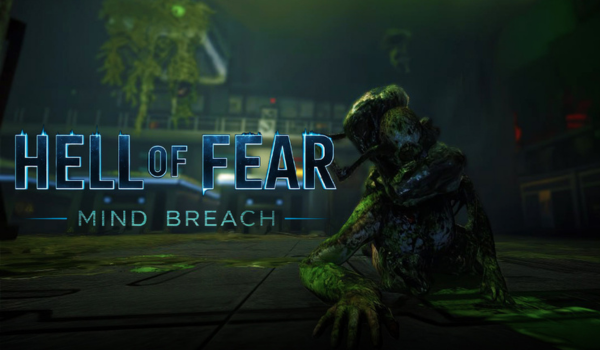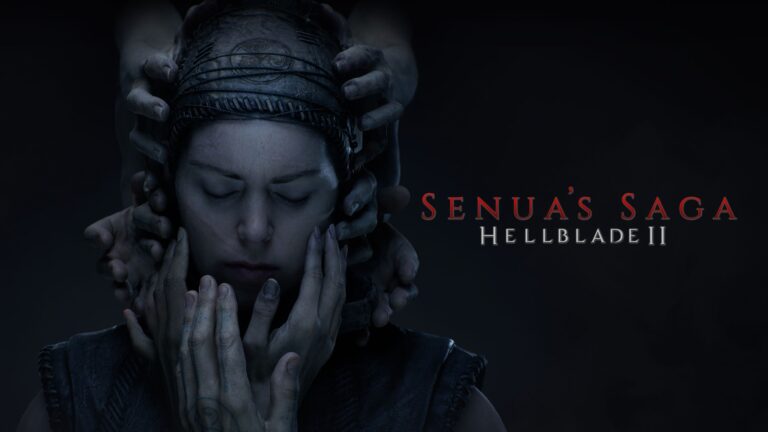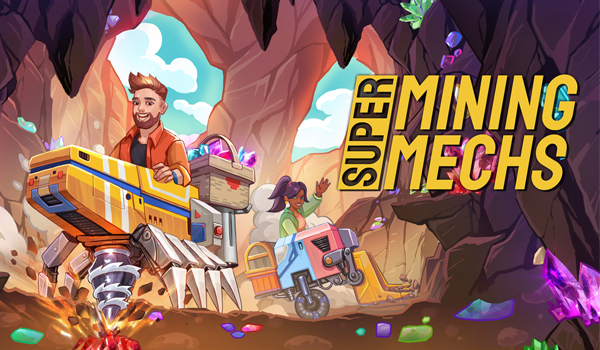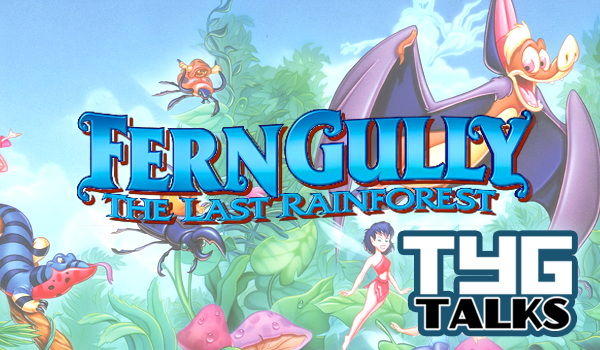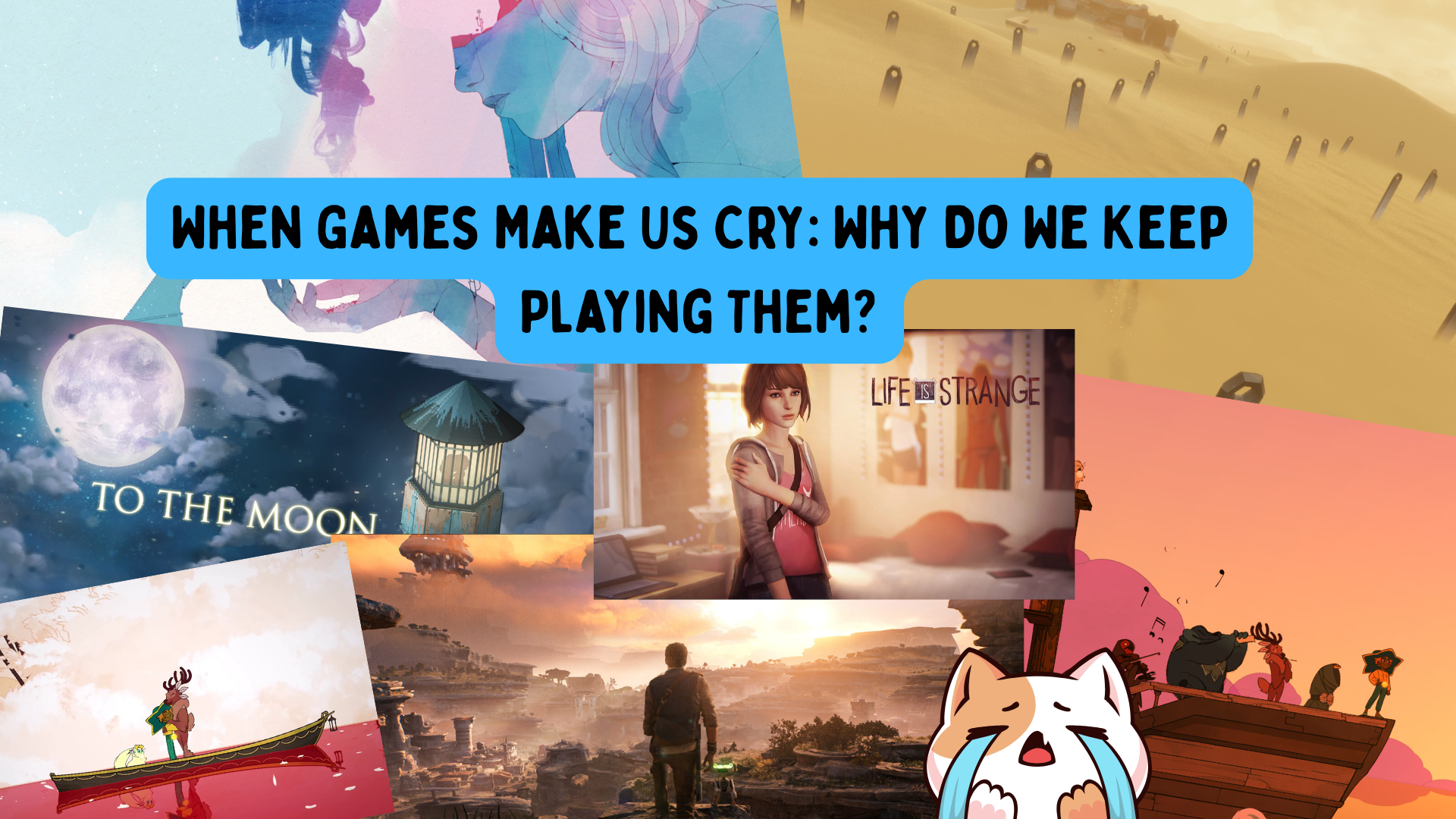
Video games are often seen as entertainment — a way to escape reality, blow off steam, or compete with friends. But some games go further. They don’t just entertain; they touch something deep inside us, leaving us emotional, reflective, and yes — sometimes in tears. And yet, instead of turning away from these experiences, we often seek them out again and again.
More Than Just Fun: Emotional Storytelling in Games
Modern games aren’t just about flashy graphics or clever mechanics — they’re about telling stories that stick with us. Clair Obscur: Expedition 33 is a perfect example. Its premise — a world slowly counting down to its own end — is heavy, but its characters are hopeful, flawed, and deeply human. Traveling with Expedition 33 feels like reading the last page of a book you don’t want to finish. You cry not just because of what happens, but because of what it means.
Other narrative-driven titles like Firewatch, Life is Strange, and To the Moon take this a step further. They build intimacy between player and character, slowly revealing secrets and struggles until the final act hits with an emotional punch. The tears are earned, and the stories stay with us long after the game is over.
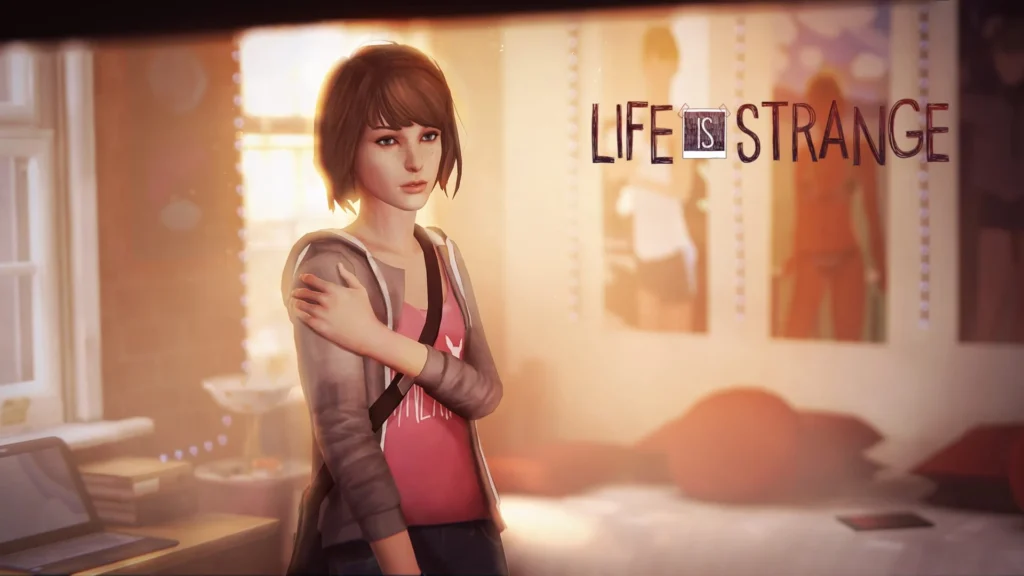
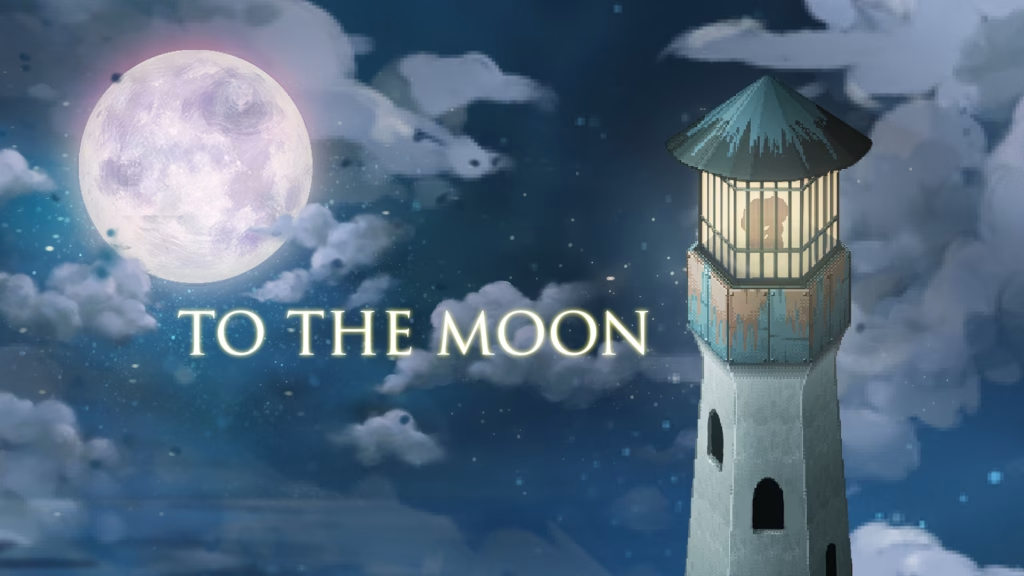
Grief, Goodbyes, and Growing Stronger
Some of the most emotional games deal with loss and acceptance. Spiritfarer is perhaps the most famous — a game about ferrying spirits to the afterlife sounds sad on paper, but in practice, it’s a gentle, compassionate exploration of what it means to say goodbye. Players have reported crying through several farewells, not because they were shocking, but because they were so beautifully handled.
Even action-heavy games can hit these notes. Star Wars Jedi: Fallen Order and its sequel Jedi: Survivor tell a story about trauma, recovery, and learning to open yourself up to the Force — and to other people — again. The lightsaber battles are thrilling, but the moments where Cal Kestis sits in silence, remembering his past, are the ones that break you.
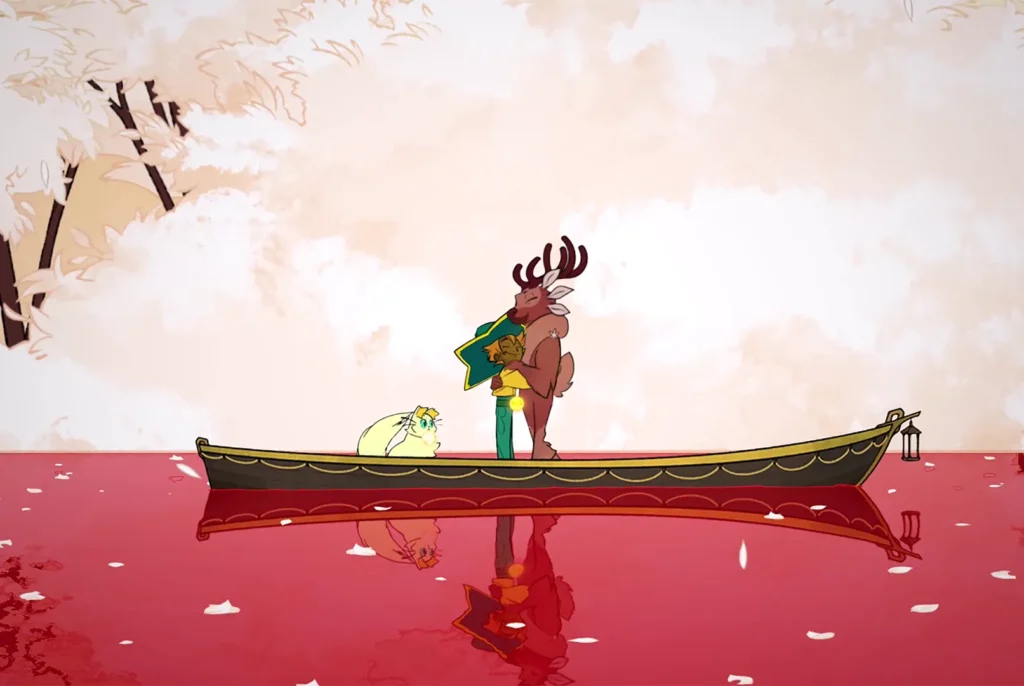

The Power of Empathy
Part of why these moments affect us is that games are interactive. We’re not just watching characters cry — we’re participating in their pain. When Pilo scans a dying planet in Pilo and the Holobook, or when a character in Clair Obscur begs the Paintress for more time, we feel responsible, even complicit. That level of immersion makes the emotional impact much more powerful than a passive medium like film.
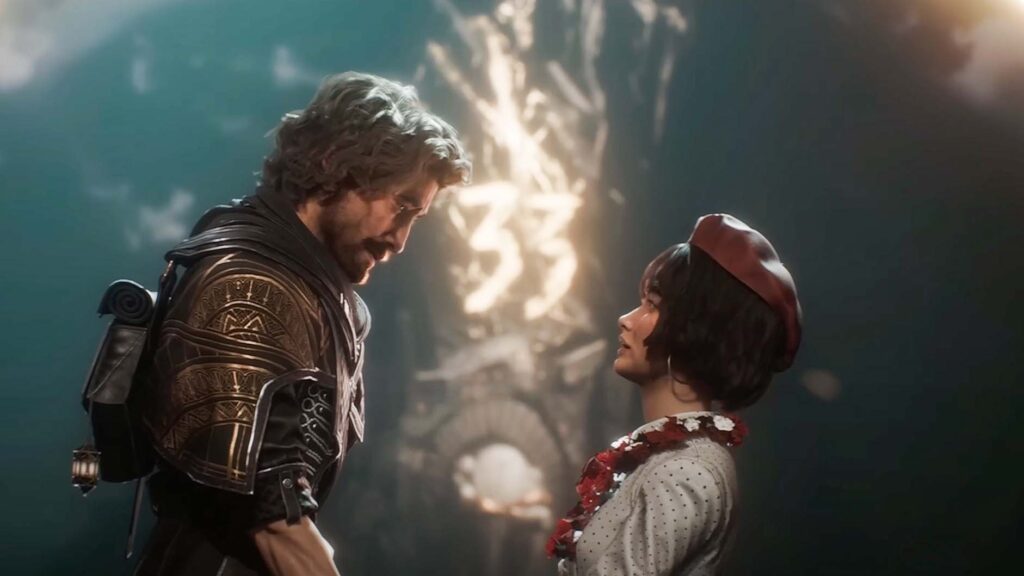
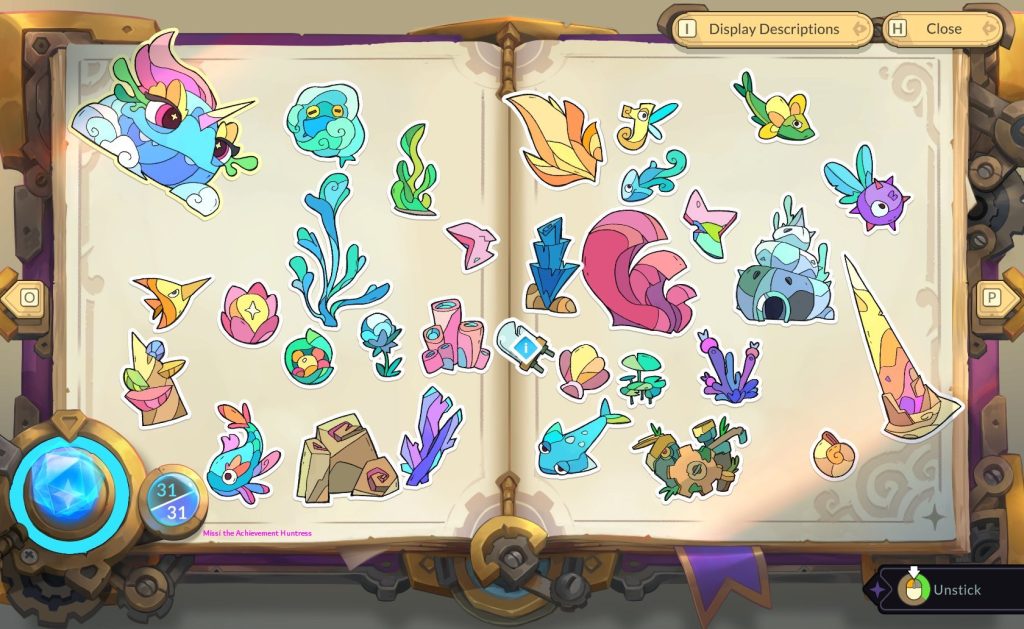
Safe Spaces for Big Feelings
One of the most beautiful things about games that make us cry is that they give us a safe space to process feelings that might be too overwhelming in real life. In games like Journey or Gris, you can sit with sadness, loss, or longing without fear of judgment or real-world consequences. You can take as long as you need to heal — or replay it later when you’re ready.
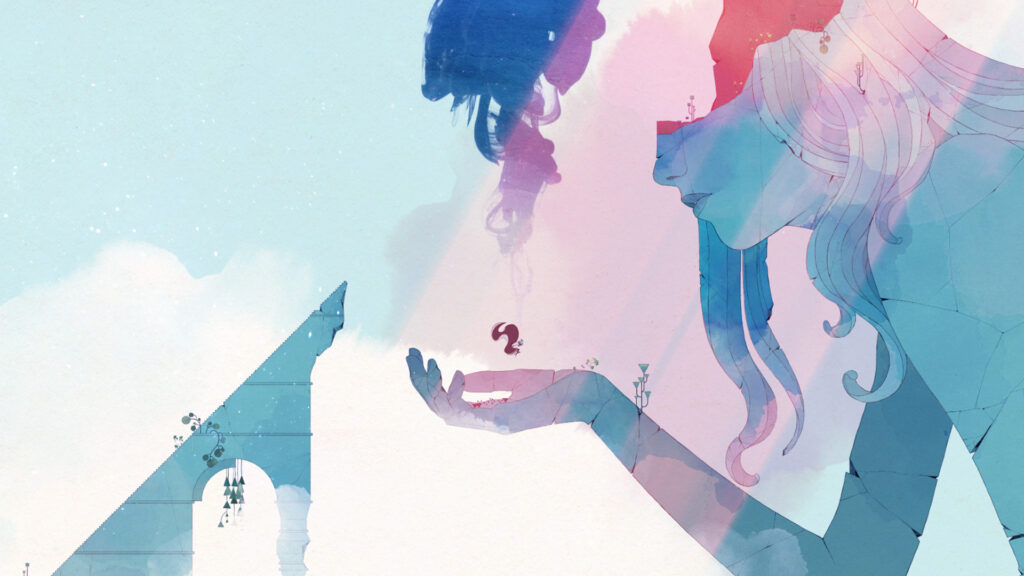

Why We Come Back — Even After the Tears
So why do we keep playing games that hurt us emotionally? Because they also give us hope. They remind us that sadness isn’t the end of the story. After tears come moments of connection, of triumph, of joy. The end of Spiritfarer is bittersweet, but also warm. The close of Clair Obscur (as far as we know so far) is tragic, but also a defiant reminder to fight for what time we have.
We don’t return to these games because we enjoy pain. We return because they remind us we can feel deeply, that we can care about fictional people, and that those emotions are real and meaningful.
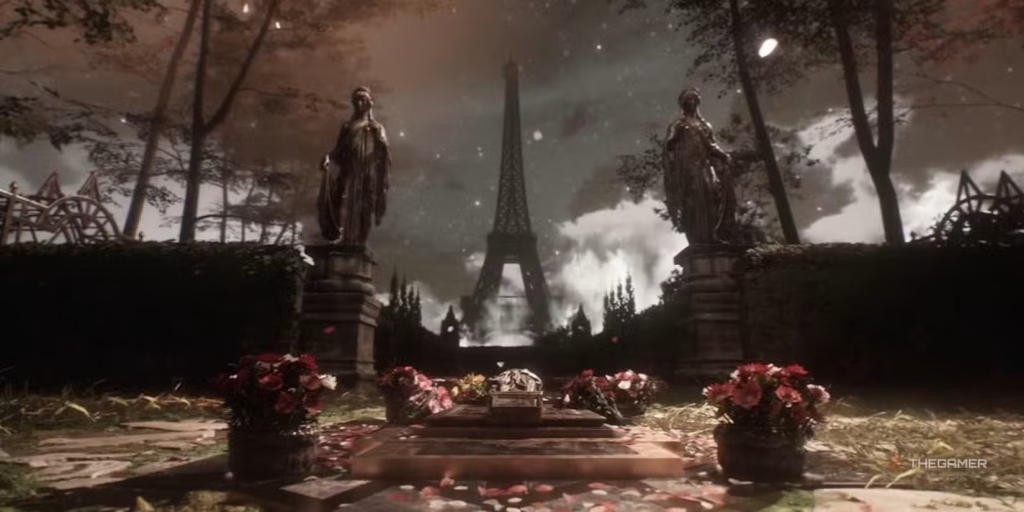
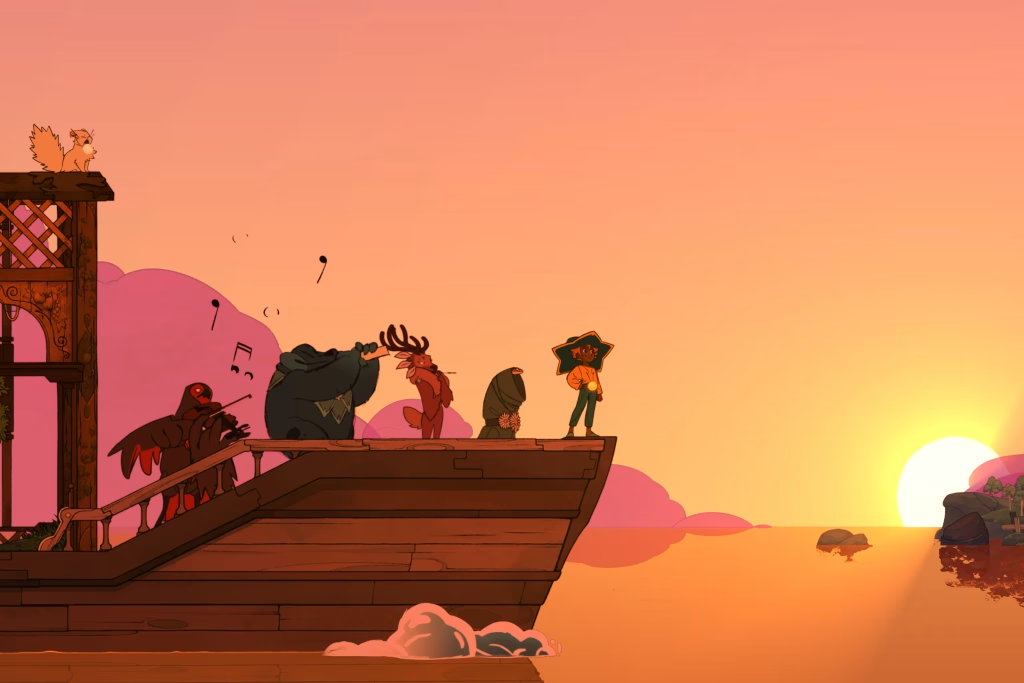
Final Thoughts
When a game makes you cry, it’s a sign of how powerful interactive storytelling can be. It means you were invested, you cared, and you allowed yourself to be vulnerable — and that’s not something to shy away from. Games that make us cry don’t just entertain us; they help us grow.
What about you? Which games made you cry and will you be going back for more?

